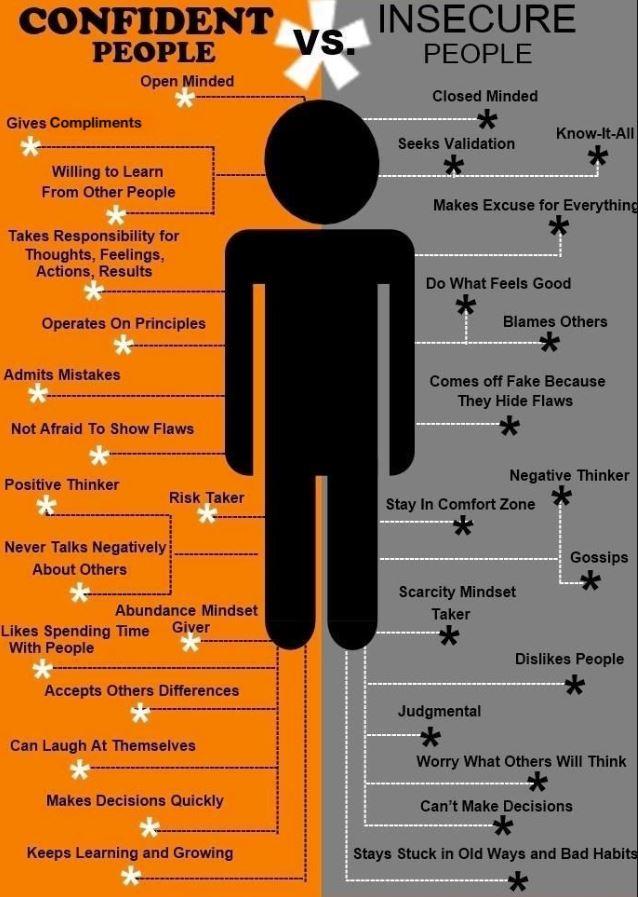How to create an evergreen workshop

Beauty and the Beast has been adapted countless times—from multiple Disney feature films to less straightforward adaptations, like last year’s animated Belle or Christina Ricci’s Penelope. Beauty and the Beast may be a traditional fairy tale, but it’s not exactly as old as time—while we can trace Beauty and the Beast back to at least 280 years ago, older stories like the Epic of Gilgamesh date back about 4,000 years.
Some of our oldest written records are stories. Whether fictional or nonfictional, humans are natural storytellers, so it’s only fitting that stories have found their way into our leisure, relationships, and business.
Business storytelling can take many forms: meetings, seminars, sales pitches, and workshops. And while creating workshops can be daunting, with tools like Prezent, building an evergreen workshop is more attainable than ever.
Key Takeaways:
- Workshops are unique presentations that are flexible and interactive
- Evergreen workshops must be rigorous enough to be useful but flexible enough to be adaptable.
- Prezent helps businesses tell their stories through professional presentations.
When to create a workshop
There are many different ways to communicate information, each with its own strengths. For example, a one-on-one phone call has a high level of richness, but it’s good for communicating detailed information (like budgets or phone numbers) that the audience needs to remember. On the other hand, a company-wide memo email has a low level of richness but creates a record that the audience can look back at and reference in the future.
With that in mind, what are the unique strengths of a workshop? Workshops are small, interactive, hands-on, informative, and problem-solving meetings. Workshops tend to be smaller and more interactive than seminars, but more involved and pointed than meetings. Because of this, workshops have several unique strengths:
- Rich format. Workshops involve verbal communication, usually face-to-face. Because of that, workshops can communicate information in memorable, energizing ways.
- Flexibility. Workshops tend to be more interactive than seminars. Because they involve smaller groups, presenters can tailor workshops to the needs of their audience.
- Interaction. Workshops can be decentralized discussions about solving a problem or more centralized informational discussions led by a presenter. Because of their loose format, workshops can be a very effective method of solving problems.

Steps to creating an evergreen workshop
How do you create a workshop that will stand the test of time? Rigid enough to be useful but flexible enough to apply to different audiences? To create an evergreen workshop, you have to start with the deliberate, conscientious bones of an intentional presentation.
1. Picking a topic
Workshops run the gamut from general leadership topics to specific technical exercises. While there is no one formula for choosing the right topic for your workshop, there are some rules that can help your workshop stay relevant for longer:
- Play to your strengths. Pick a topic that you are qualified to speak on. While capable presenters can deliver passable workshops on impromptu topics, the most helpful and informative workshops come from presenters with a depth of knowledge that allows them to mold the topic to the needs of their audience.
- Be passionate about your topic. In addition to being an expert in the topic, you should care about the topic. Impassioned speakers can help inspire their audience to change and deliver more memorable, meaningful workshops. For example, an archbishop in Texas recently delivered a passionate speech about violence in his home state—impassioned speeches help put your audience in the right frame of mind to consider emotional topics and inspire listeners to feel as enthusiastic as you do.
- Choose a catchy title. Human memory works in mysterious ways, but one trick to remembering information is to link it to other pieces of information. You may have experienced this while reading a book or scrolling on a website: a thought comes to you, but after a few minutes, you can’t remember what it was. By flipping back to the page you were reading, your thought suddenly comes back to you, even if it wasn’t related to the book.
That is because our memory builds relationships between ideas, even if they aren’t related. Use this to your advantage by choosing a memorable and catchy title. If you can make your audience remember even just the title of your workshop, they are more likely to remember what you talked about.
2. Practice loosely
Dale Carnegie was one of the most influential public speakers in history. His public speaking course has helped millions of professionals polish their presentation skills and gain the confidence to perform well. One of his best quotations is, “There are always three speeches for every one you actually gave. The one you practiced, the one you gave, and the one you wish you gave.”
The reality is that no amount of practice will ever result in a perfect performance. That is true whether you’re practicing what you’ll say in a one-on-one meeting or what you’ll say in front of an auditorium of listeners.
Many presenters trip over their words when a carefully rehearsed presentation doesn’t go exactly to plan. Rather than practicing for perfection, practice for flexibility.
This means that rather than preparing your workshop word-for-word, practice delivering it idea-for-idea. For an evergreen workshop to be adaptable to each group you invite, structured improvisation is the best way to build the skills for delivering a presentation flexibly while still including all the pertinent information.
3. Deliver confidently
When it comes to presentations, credibility is everything. Audiences infer credibility when speakers are confident, prepared, and qualified.
Creating evergreen workshops requires not only the right preparation but the right presentation as well. The keys to delivering a confident presentation are good preparation, looking the part, and faking it till you make it. One of the best ways to deliver a confident presentation is to act confident: the feeling will follow.

Ask for help
When you look like an expert, people treat you like an expert. Looking the part is just as important as being prepared. To deliver a great presentation, you need the right tools, and that’s where Prezent can help.
Whether you’re preparing for an evergreen workshop, an important meeting, or a company-wide training, Prezent has AI-powered tools to help you create professional, branded presentations in a fraction of the time.



.avif)








